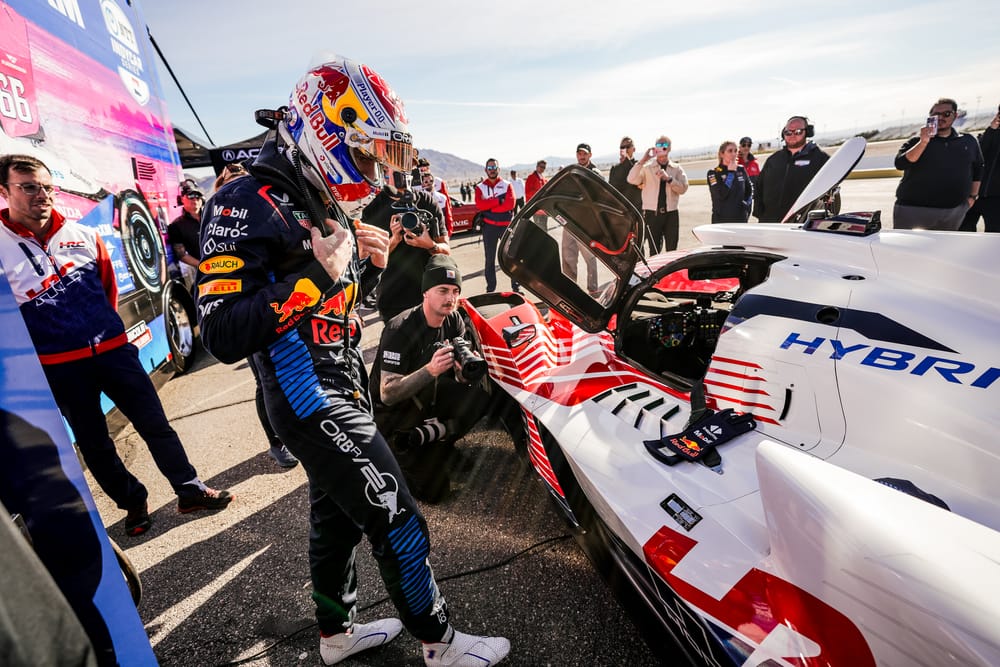For the first time in the Hypercar era, drivers' weight will be taken into consideration, with a more or less substantial ballast to be carried depending on the average weight of the line-up.
It’s a topic that has been debated and will make many drivers happy, including Max Verstappen who called for such a rule before he considers racing in the Le Mans 24 Hours.
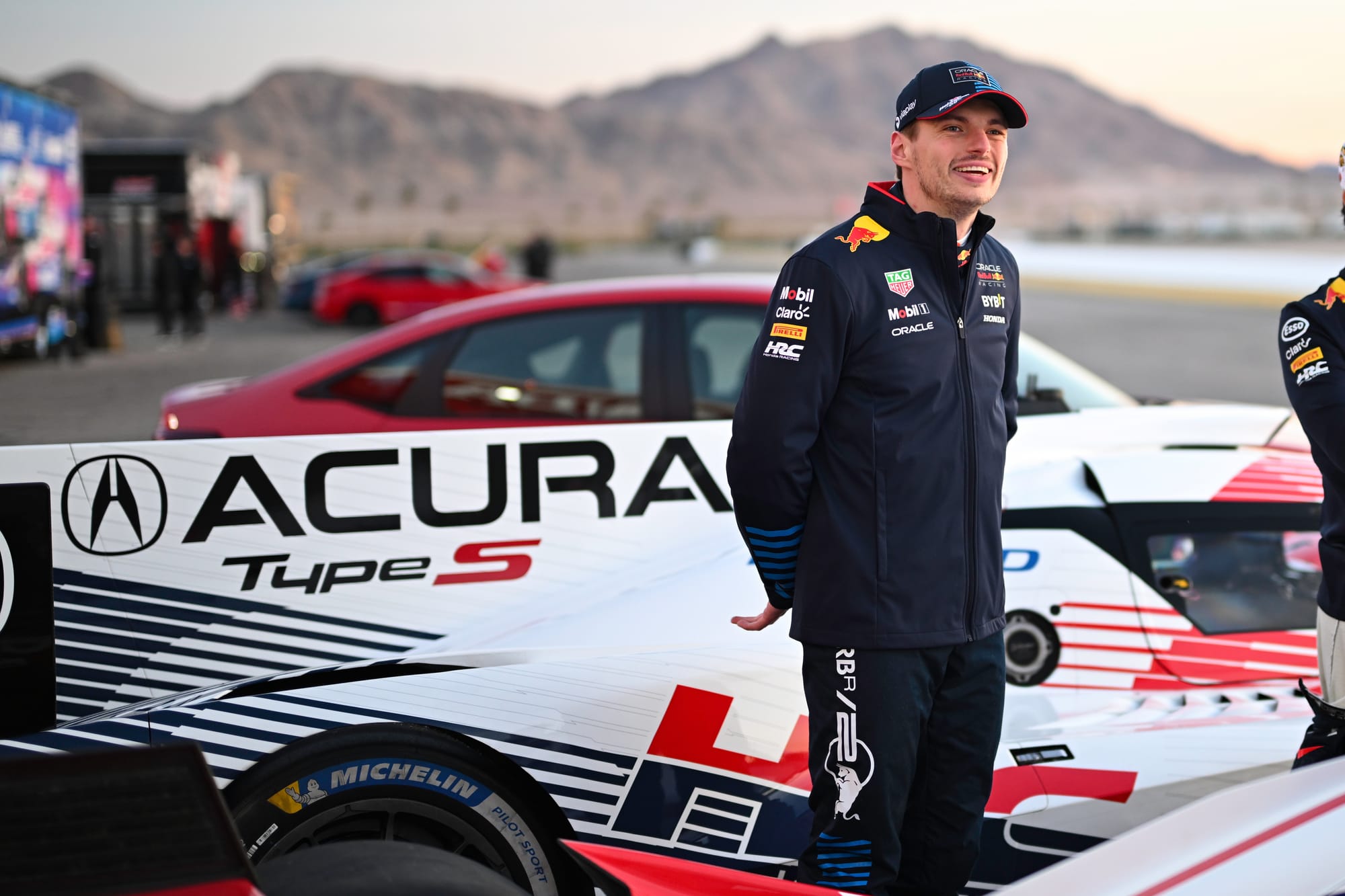
With the new rule, a driver line-up’s average weight must be no less than 82kgs. So, for example, if the average weight of a team’s line-up is 80kgs, it will carry a 2kg ballast to make it up to the 82kgs minimum.
Without this rule in the Hypercar era, teams could prioritise having a lightweight driver for a performance gain, and heavier drivers have even claimed they have become ill trying to get down to a lower weight to minimise their disadvantage.
In 2015, there was a similar rule for the World Endurance Championship, which was excellent news for drivers such as Alexander Wurz, who is 1.86 metres tall.
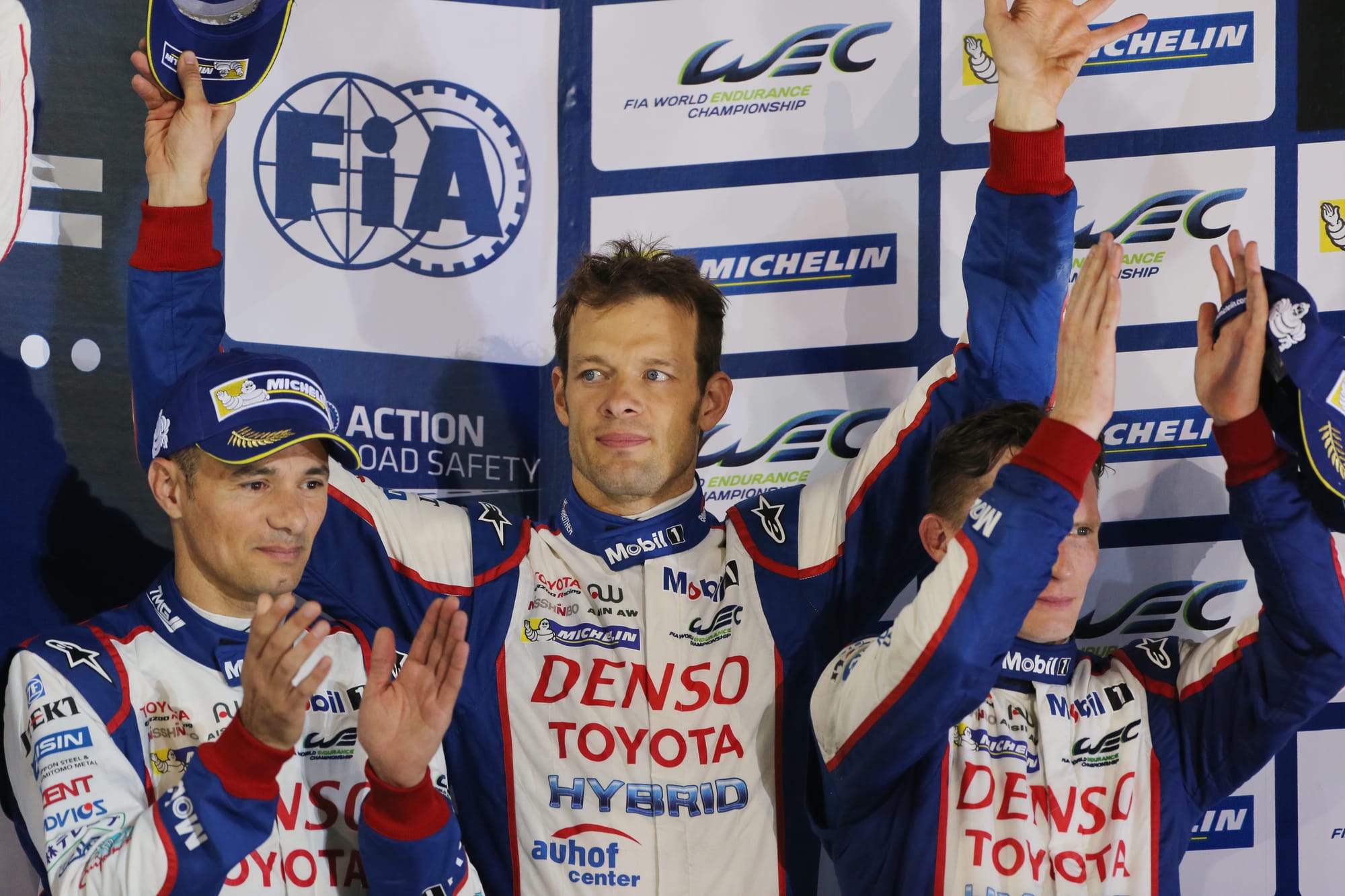
“Overall I think it is good for motorsport in general because racing should be inclusive and not exclusive,” the former Grand Prix Drivers Association chair declared at the time.
“It shouldn’t matter how tall, heavy or where you are from, it should always be about the talent, whether that is from karting up to this level of competition.”
But strangely, since the advent of the Hypercar class in 2021, the 2015 rule disappeared from the regulations.
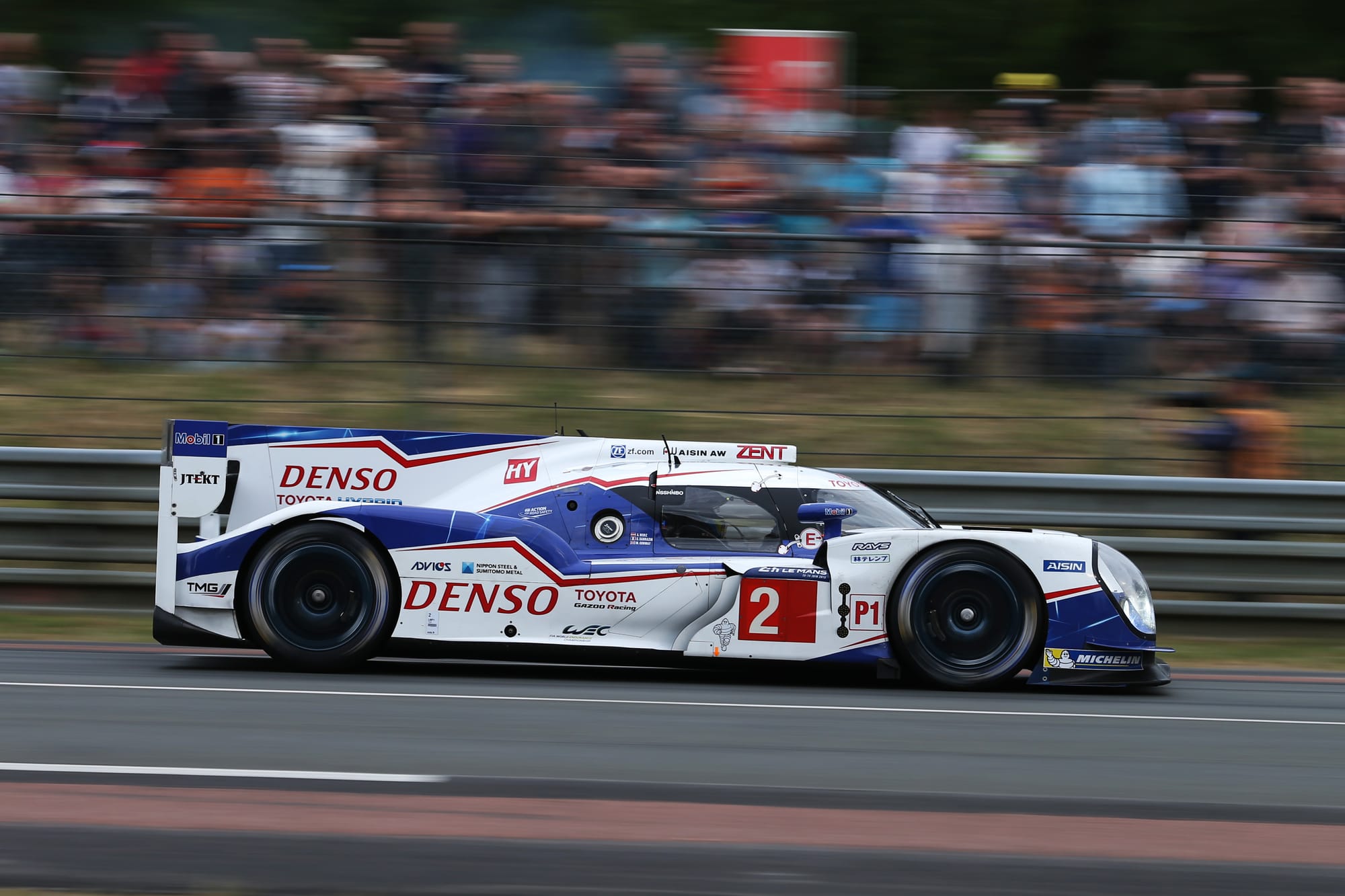
In single-seaters, driver weight is a critical factor. Formula 1 mandates ballast for drivers under 80 kg (rising to 82 kg in 2025). The disparity is sometimes huge, with a 20-kilogram difference between, for example, Yuki Tsunoda and Nico Hülkenberg.
However, even if endurance is a team sport, something had to be done.
‘When the BoP adds two kilos to a car when there is sometimes a 20 kg difference between two drivers, it's laughable,’ we could hear in the paddock the last few years. ‘Given the level reached by the Hypercar class today, this must be taken into account.’
'I went to hospital with malnutrition'
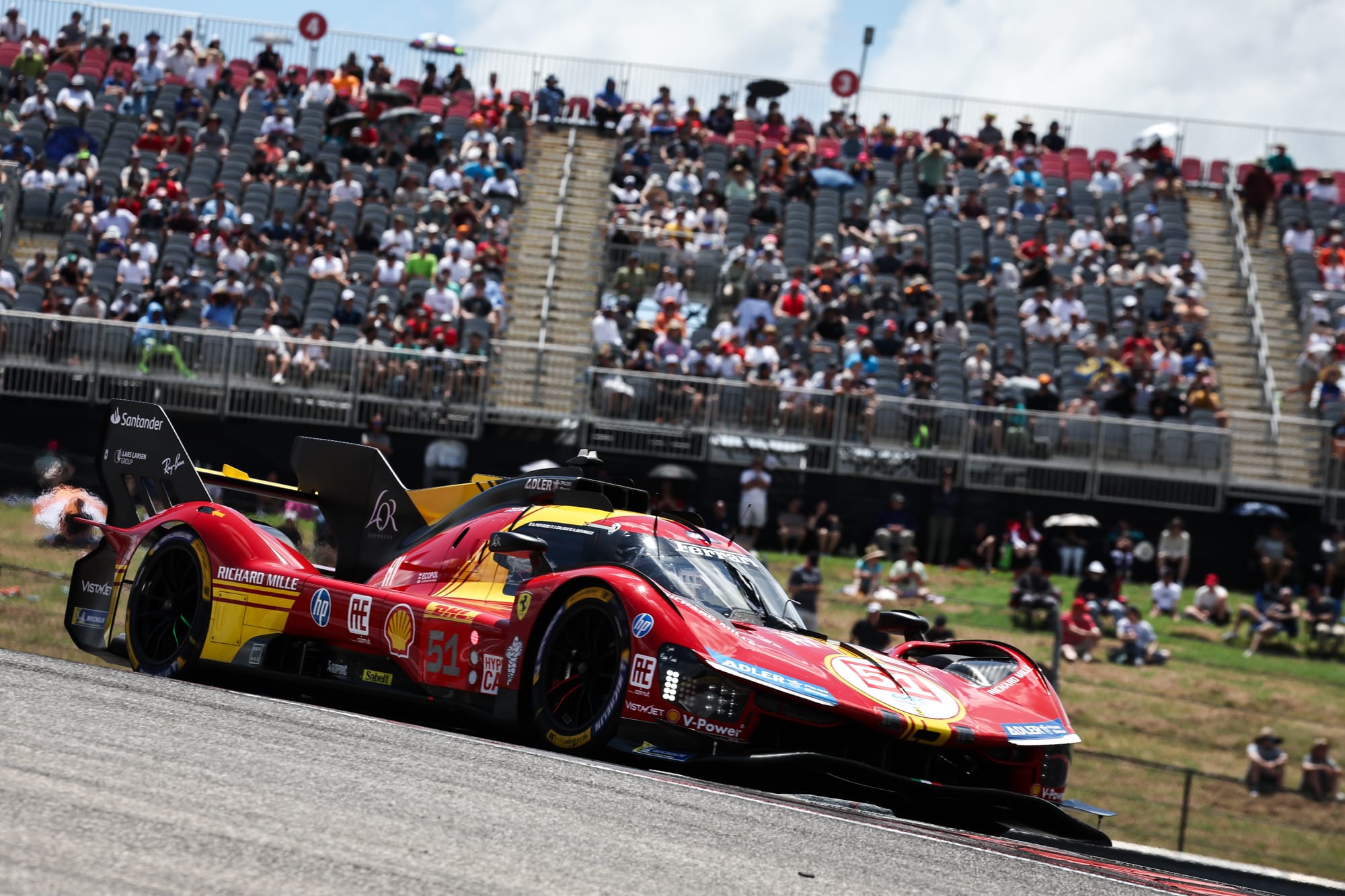
One of the most outspoken on the subject has undoubtedly been Ferrari's James Calado (pictured below, centre), who made huge efforts to lose weight during the 2023–2024 off-season.
“I was sick this year because I lost so much weight,” he said in Bahrain. “I went to hospital with malnutrition. I was on medication because I was running and not eating, because I was trying so hard to lose weight. I became properly ill. So I can’t go down to the weight I want, because it’s too dangerous for me.”
And that also has a significant impact on team strategies. For example, it pushed them to often put their lightest drivers behind the wheel during qualifying.
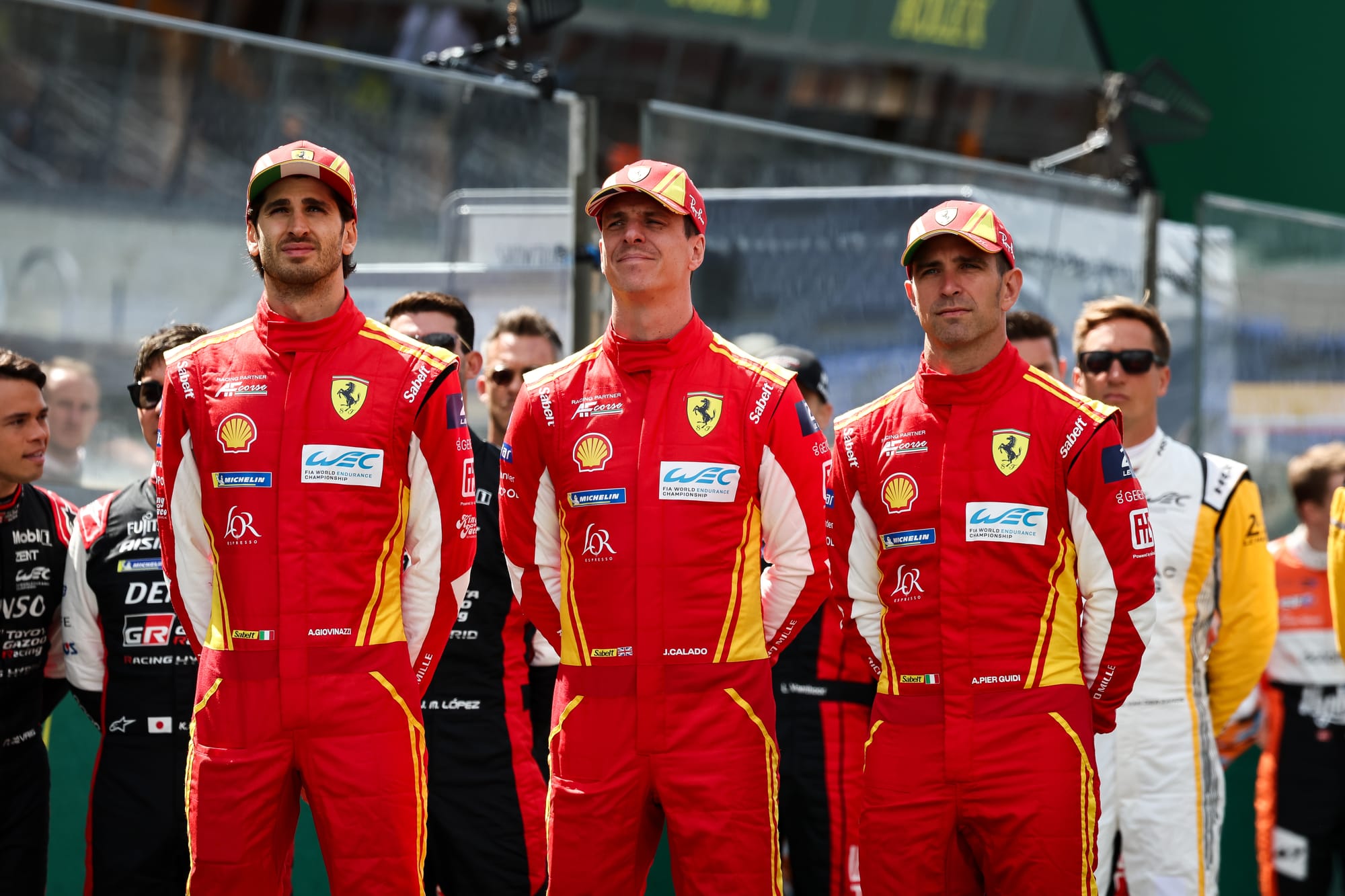
“I would love to be able to qualify, but I’m too heavy,” Calado added. “I’m 10 or 20 kilos heavier than some of the others, which is worth half a second, so what can you do? I would love something to make it more equal like in other championships, or even in karting. We are in a world championship and it would be nice to have equal rights.”
Norman Nato (pictured below) also expressed a feeling of injustice.
"I’m 1.76 meters tall with muscle around my shoulders," the Team Jota driver told us in June last year.
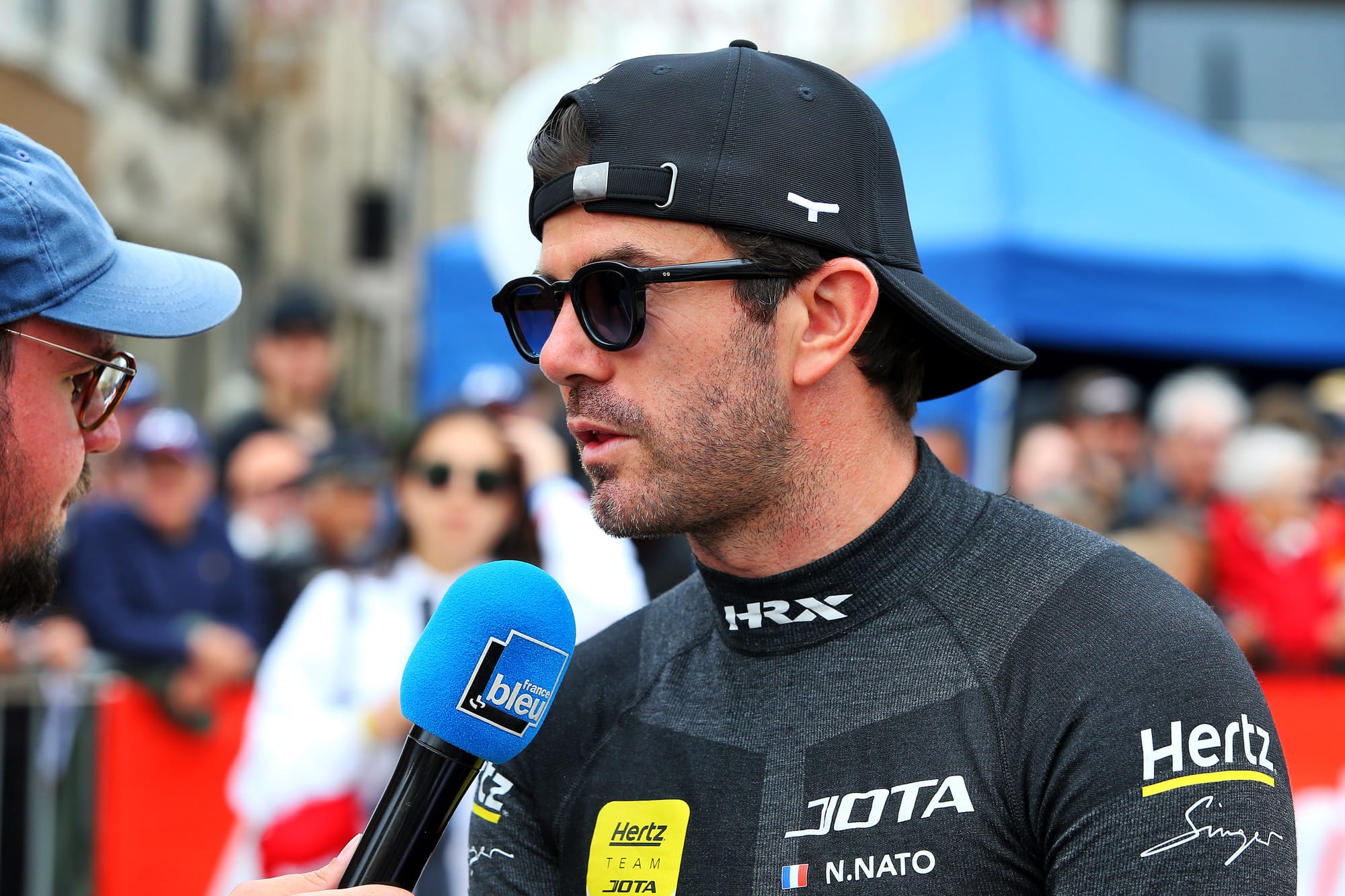
"I’ve always been like this, even though I train regularly. With my helmet on, I weigh 15 kg more than some others. At Le Mans, that’s almost half a second per lap. That’s why I’m pushing for a change.
“[In 2024] I’m not taking part in any qualifying sessions because I weigh 12 kg more than my team-mate [Callum Ilott]. You can’t afford to give away two-tenths of a second to the competition.
“In the race, when you find yourself behind Nyck de Vries or Antonio Fuoco [drivers who are light weight], you really have to fight to keep up."
A debate even in the F1 paddock
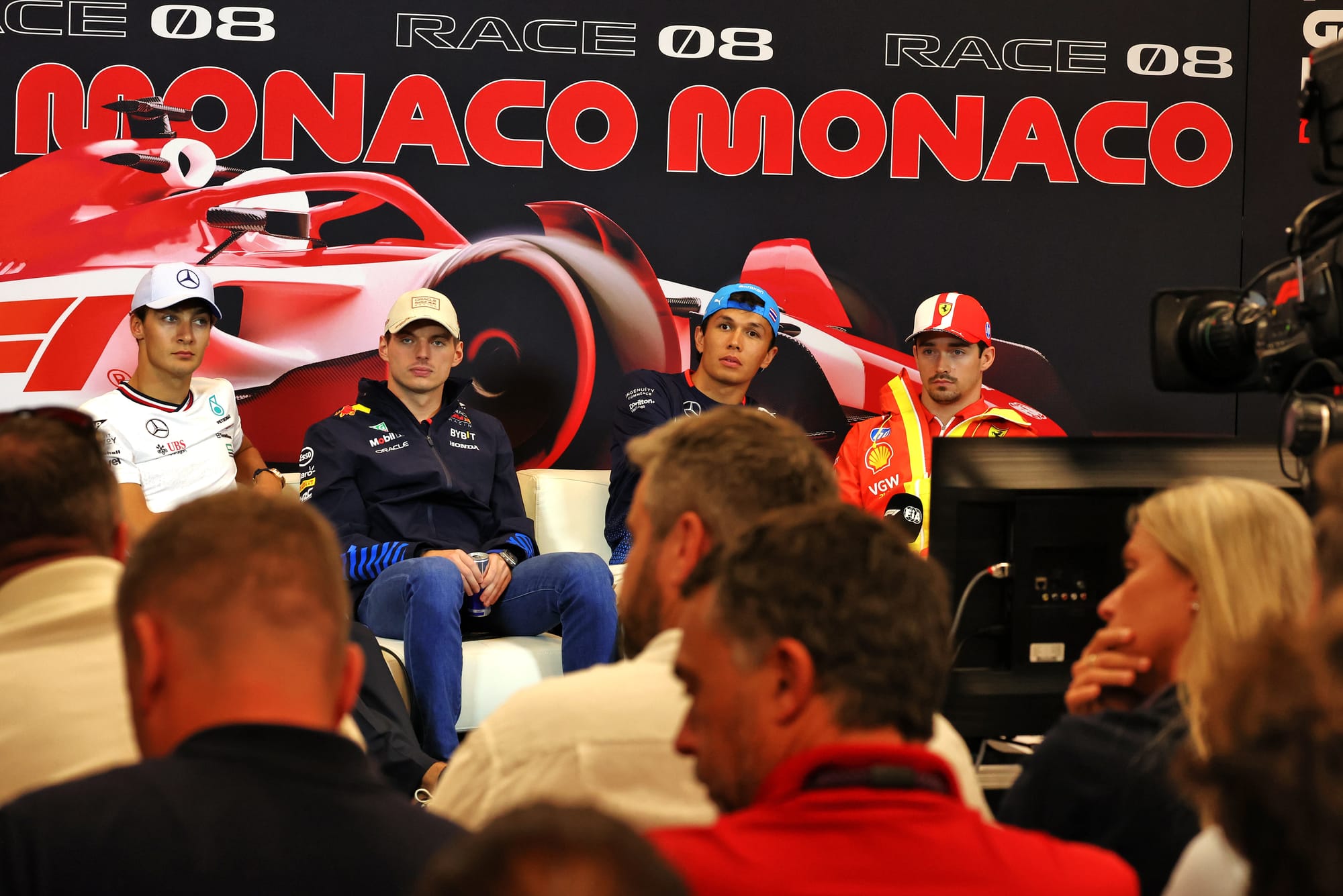
This subject fuelled a good number of discussions in the paddocks, and not only those of the WEC.
Indeed, curiously, this was the main topic of discussion at the press conference held in the run-up to the Monaco Grand Prix last May, when the drivers were asked if they aspired to one day participate in the 24 Hours of Le Mans.
''I feel like there needs to be a limit on that, because I might rock up, 80kgs with kit, but there is also a driver that can be 55 or 60 [kg],” said Verstappen, who tested a top-spec sportscar for the first time last November.
''No offence, Yuki [Tsunoda]!
“And I find, when you go to Le Mans, you have no chance. That already is a couple of tenths a lap. It's pretty incredible, the difference. So they need to sort that out.
“There needs to be an average or minimum weight that you need to comply to.
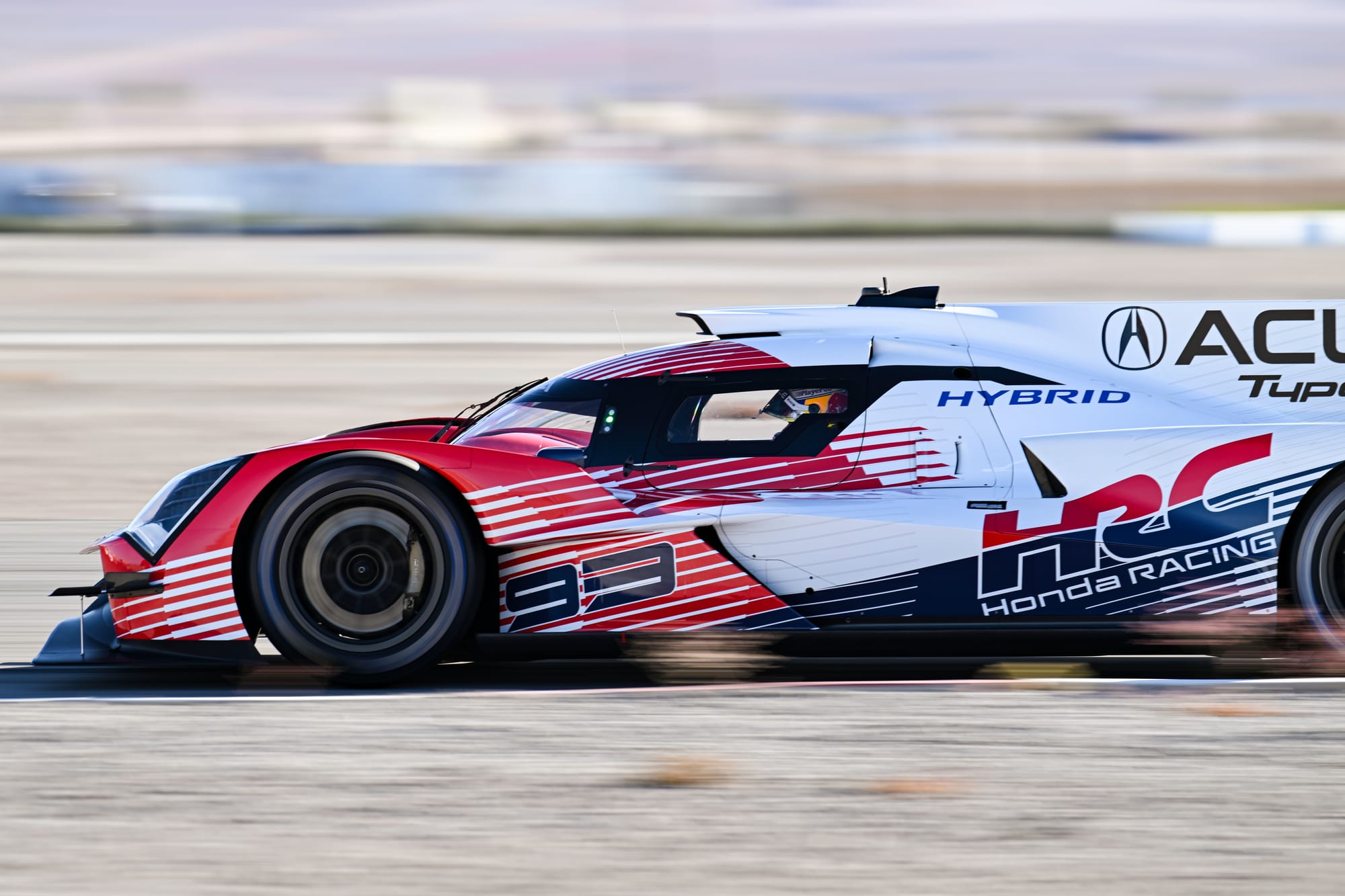
“Yuki, I need you as my team-mate there. You're so light, you'll be flying. You can compensate for my weight!''
George Russell added: “'It is quite unfair to the guys of our weight.
''We're all sort of 80kgs with our kit and our helmets. Yuki would have six tenths on us before we even start. I think 20 kilos, six tenths a lap.''
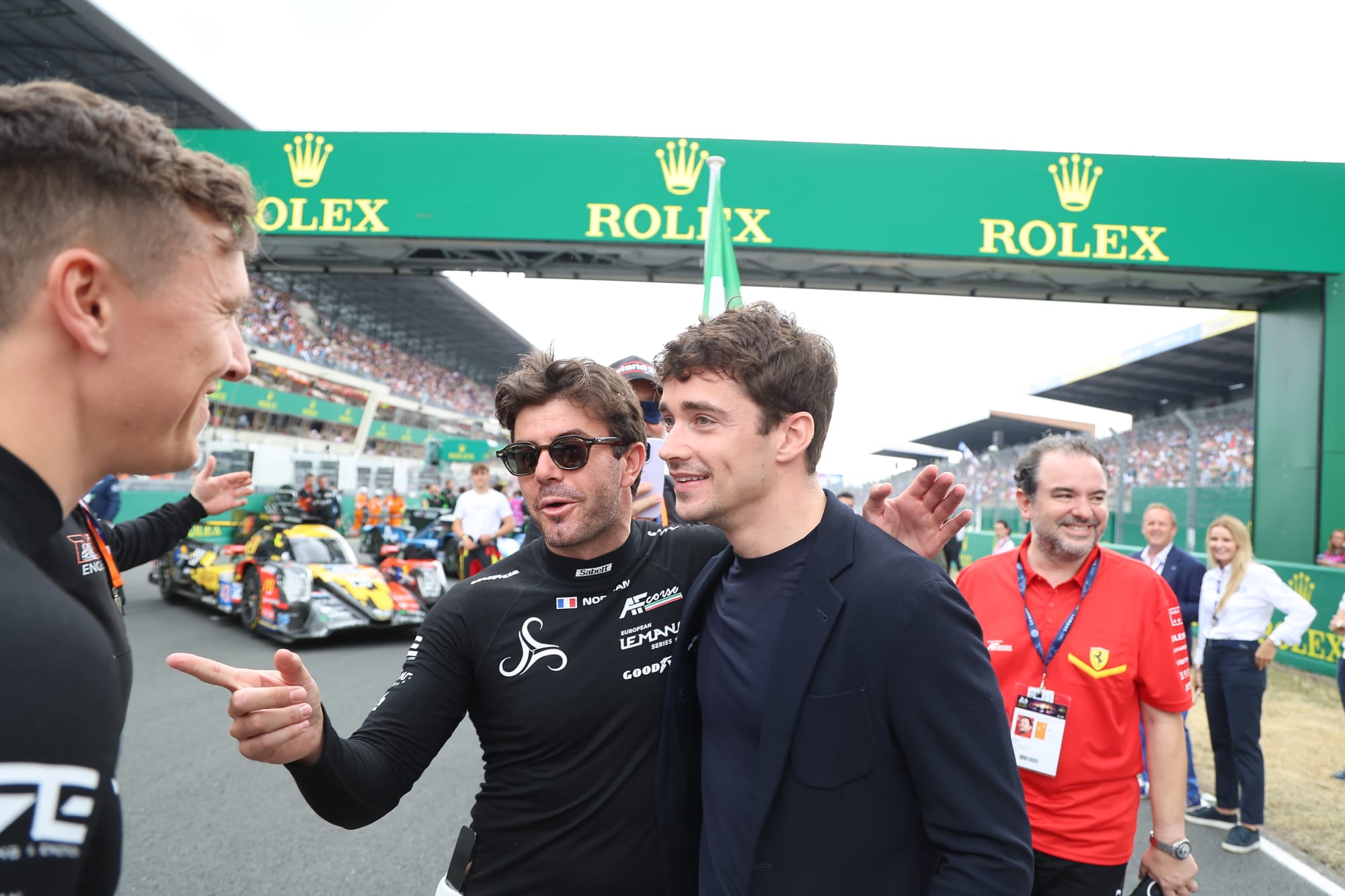
Even Charles Leclerc, who visited the starting grid of the 2023 24 Hours of Le Mans to support Ferrari, had his say: “I couldn't agree more on the weight limit that we have all mentioned.
"I follow it obviously more since two years, since Ferrari joined in the Hypercar category, and even more so this year [2024] as I've got my younger brother [Arthur] that started his endurance career. So yeah, now I'm a bit more involved and following closer the whole category.”
All of them want to follow in the footsteps of Nico Hulkenberg and Fernando Alonso and add their names to the winners’ list of the world’s most legendary endurance race at Le Mans.
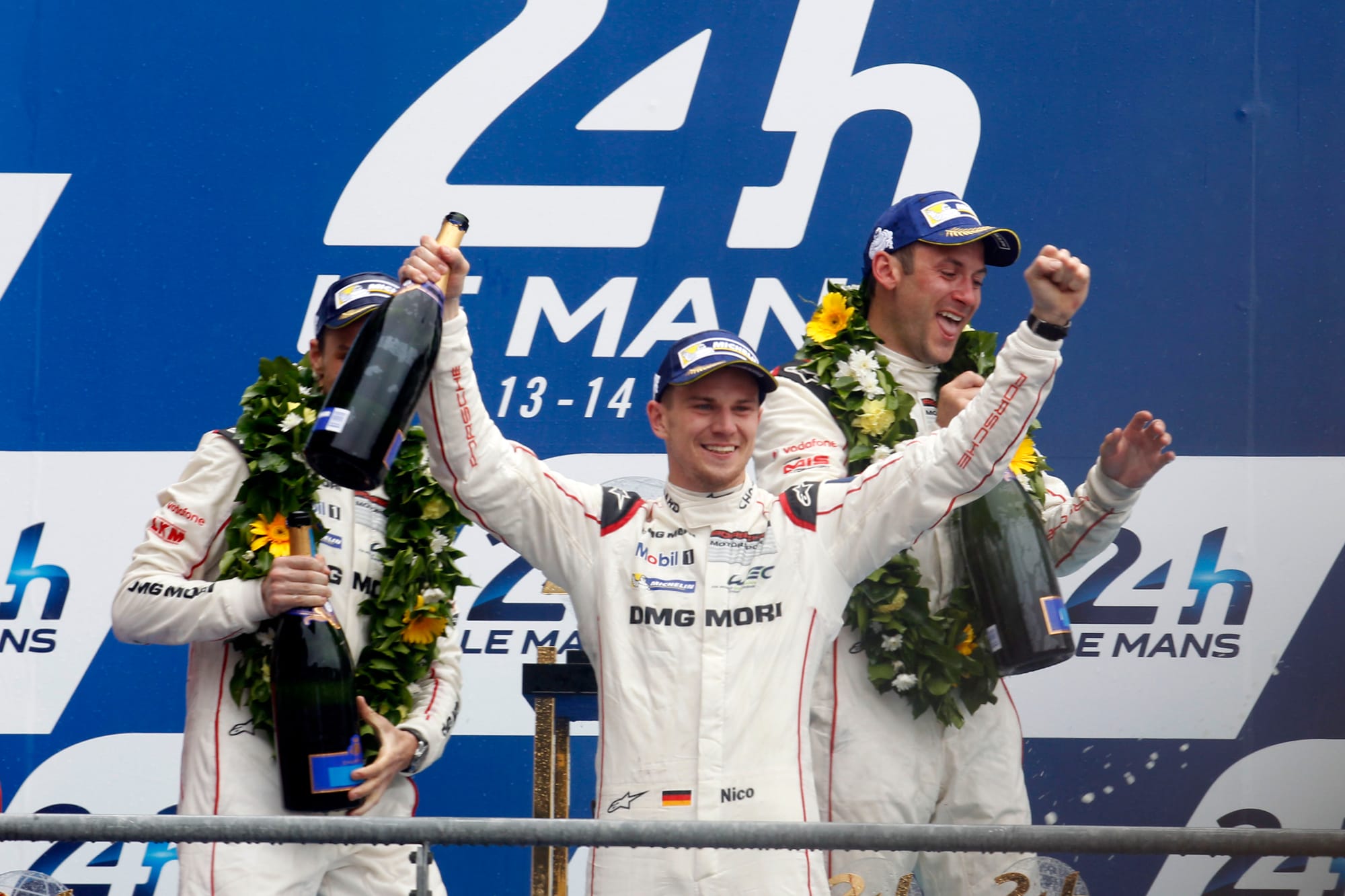
Could this be what pushed the ACO/FIA tandem to take action?
SO, WHAT SYSTEM WILL BE ADOPTED?
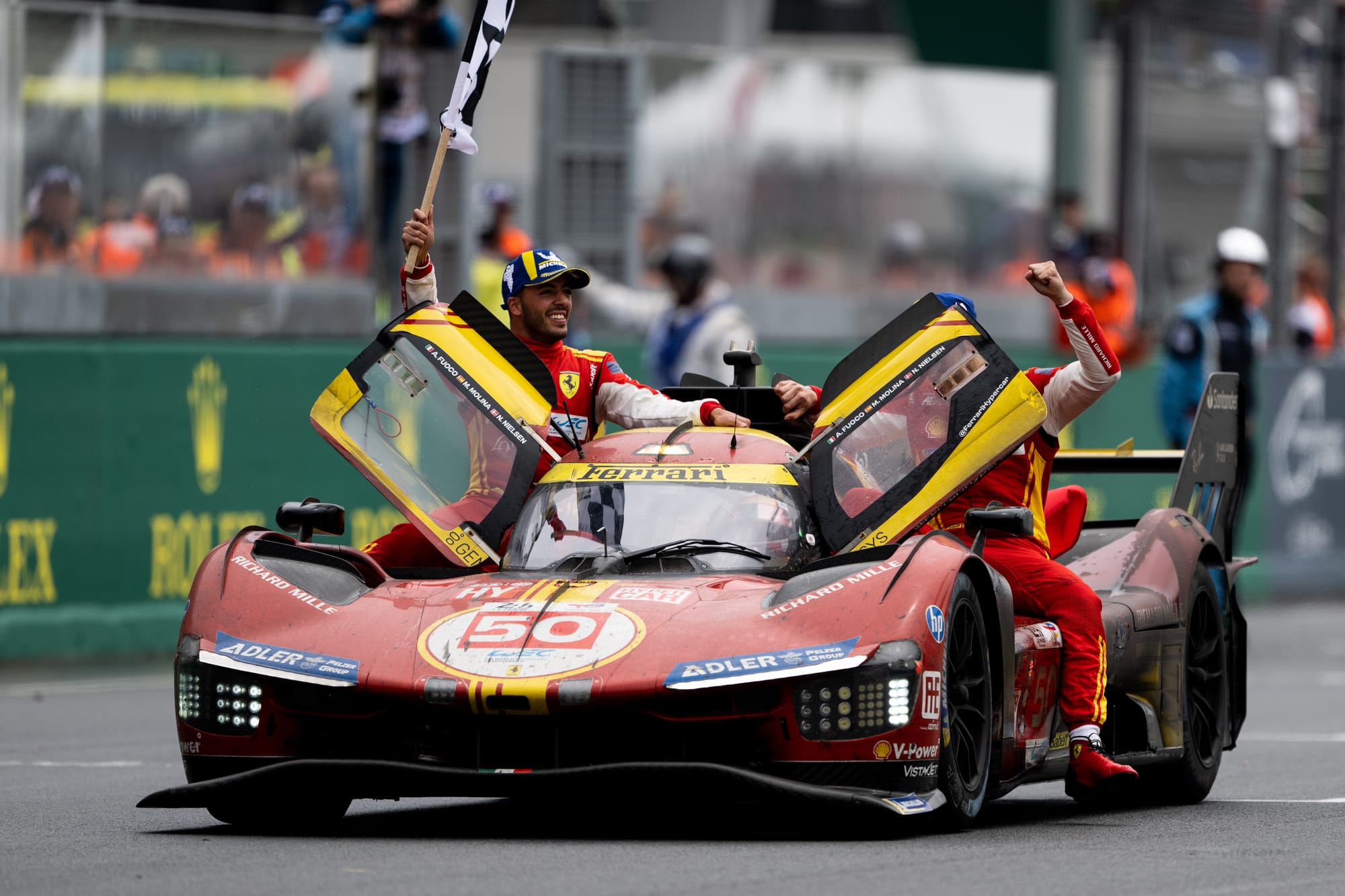
When we contacted the FIA last September, here was its response: “The FIA and the ACO are looking into the subject, but as of today nothing has been decided. Measuring drivers’ weight was done in the past, in the LMP1 days, and had both pros and cons.
“As it stands, it is down to the competitors and their choices when it comes to composing their driver line-ups.”
However, the governing bodies of the FIA World Endurance Championship have since revised their position, and weight compensation will be one of the major changes in the 2025 sporting regulations.
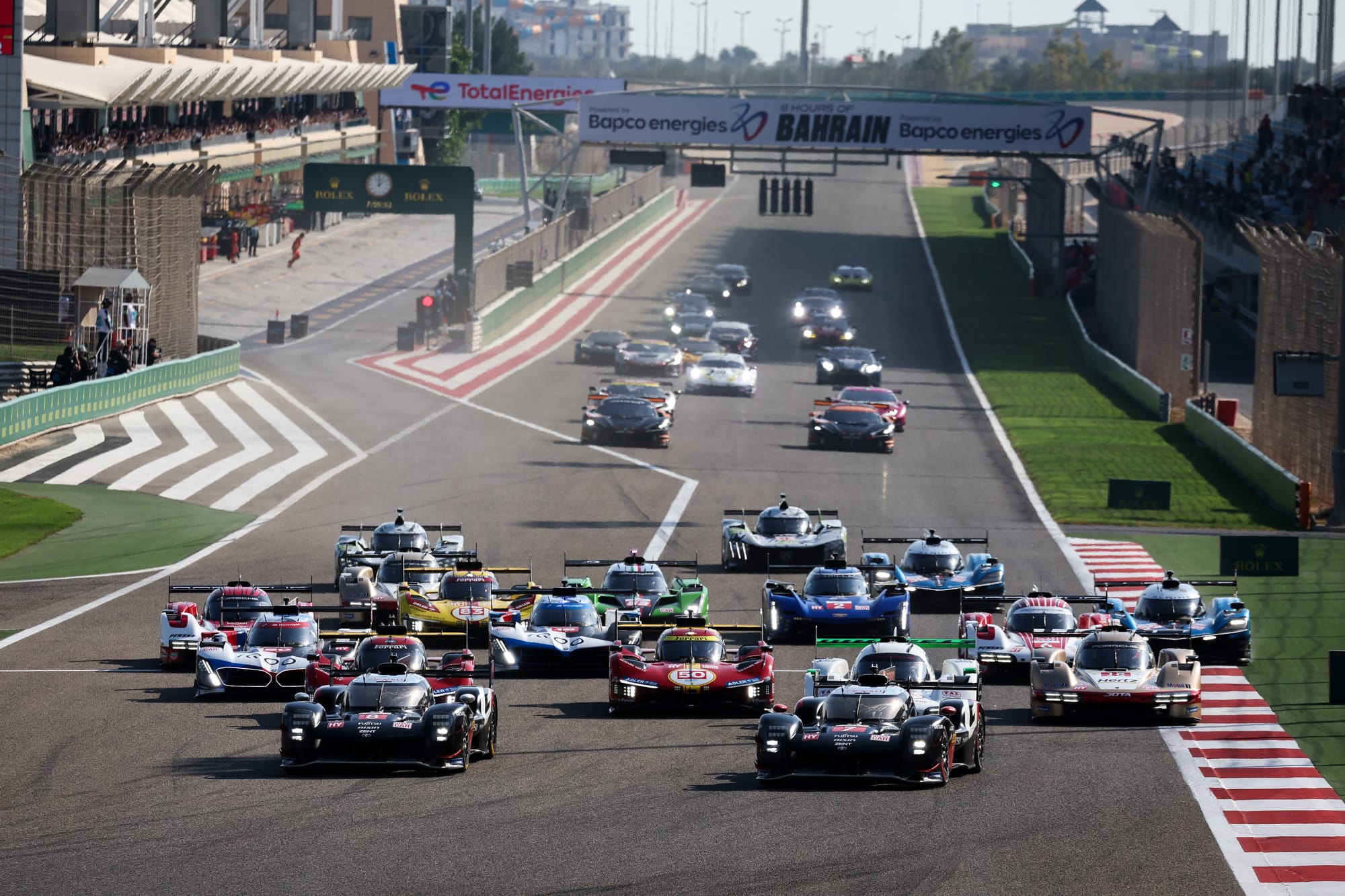
Two solutions were studied. Either a simple ballast, or an intervention via the driver ID in the electronics, adjusting the power level based on the driver's weight. A system more or less similar to the one set up for the power gain above 250 km/h.
But this option would have been considered too complex, even though it would have been even fairer by allowing differentiation within the same line-up.
Thus, it is the first option that would have been chosen.
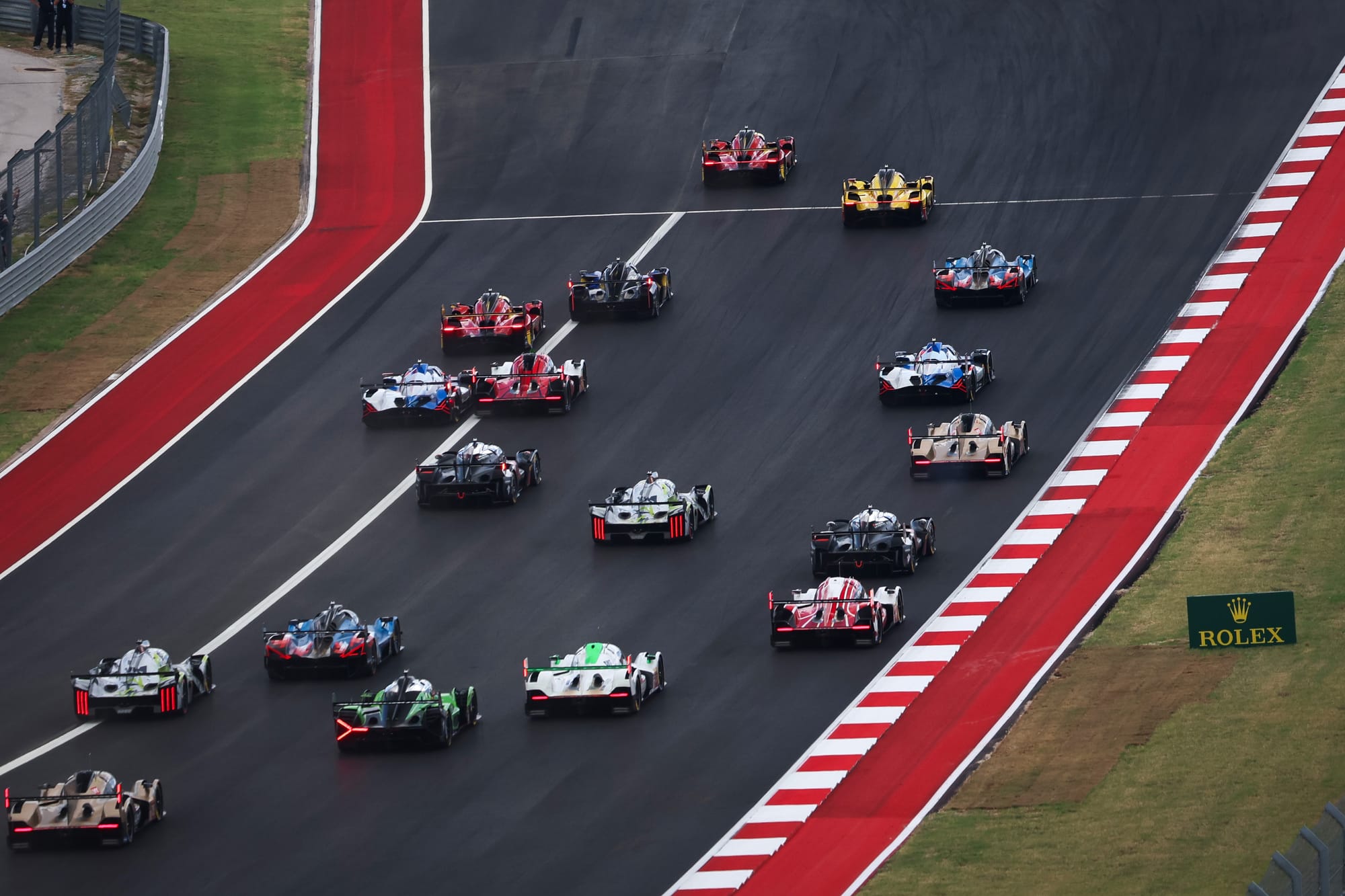
As a result, all crews with an average driver weight below 82kg (limit which will be confirmed or not after the drivers have been weighed, on Friday for those in the Hypercar class, the following day for their LMGT3 colleagues) must carry compensatory ballast according to the rule:
82 kg – average driver weight = driver ballast.
Minimum car weight = base minimum imposed weight + driver ballast.
The innovation compared to the aforementioned system used in LMP1 introduced for 2015 is that ballast should differ between qualifying and the race.
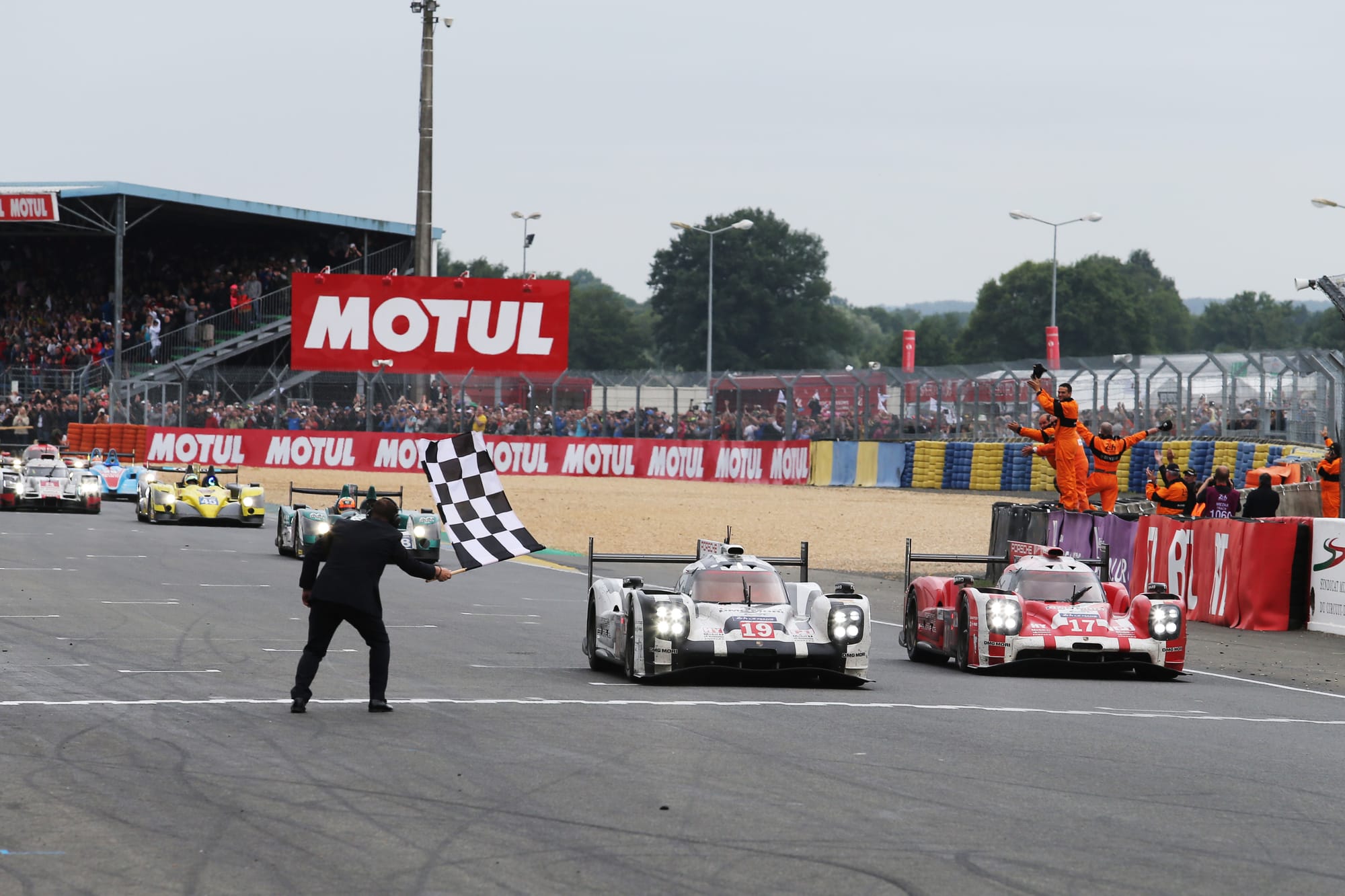
For qualifying, the ballast should be calculated solely based on the weight of the driver in charge to qualify the car.
So this must be a simple system because, in LMGT3, qualifying session is assigned to the Bronze driver and the Hyperpole to the Silver driver, which will require a ballast change between the two sessions.
The best compromise
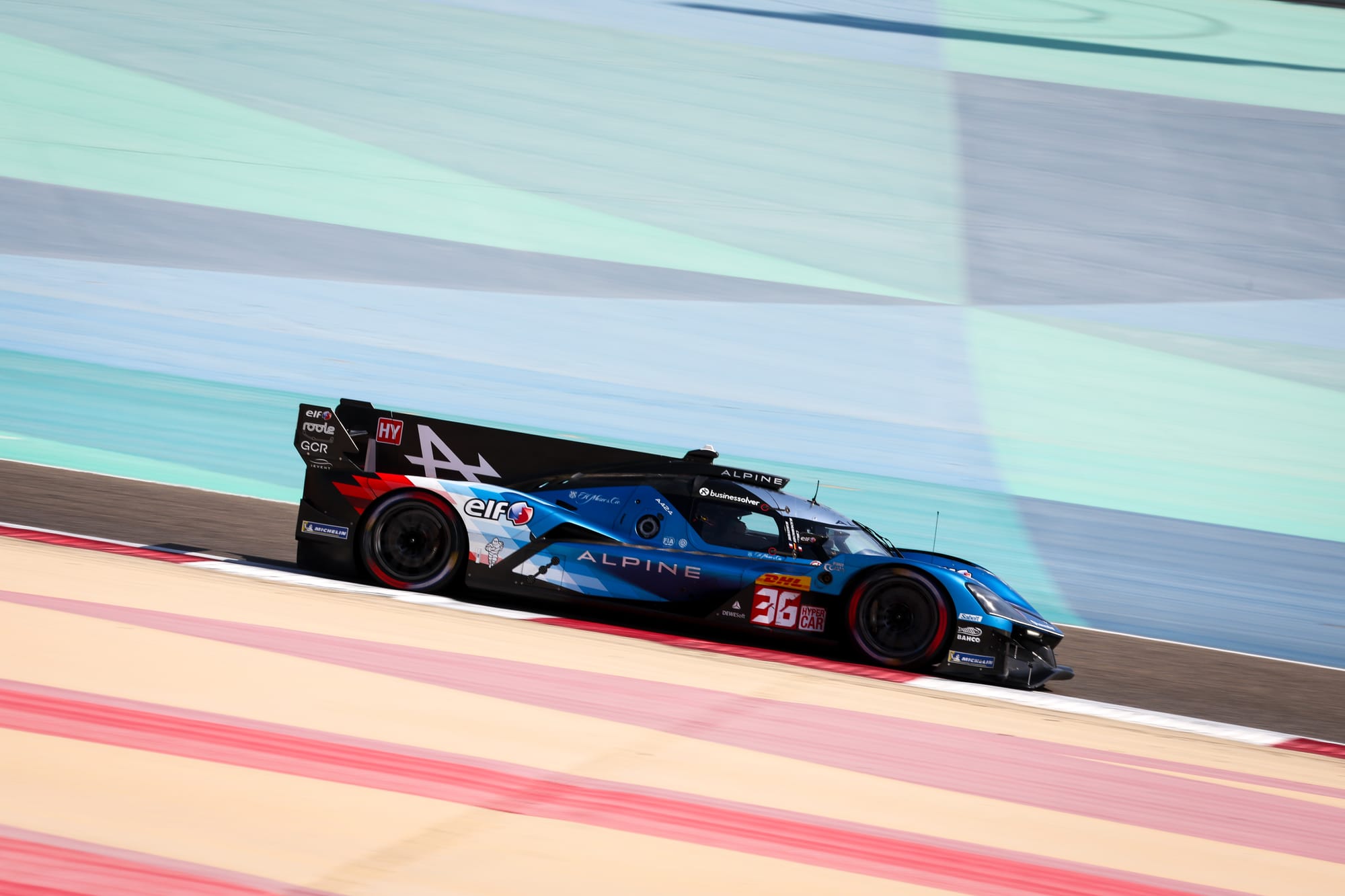
The #35 Alpine A424 will be one of the cars most affected by this change, as Charles Milesi is among the lightest drivers on the grid, alongside Nyck de Vries, Antonio Fuoco or Dries Vanthoor.
“I almost doubled my calorie intake during the winter,” Milesi explained. “And I exercised accordingly to ensure it was healthy weight gain. Since early December, I’ve gained between three and four kilograms. It wasn’t easy because I’m one of those people who has to eat a lot to gain weight. It has its pros and cons.
“Clearly, the goal is to penalise my team-mates as little as possible, even if, after two to three hours in the car, having some muscle mass doesn’t hurt. For us lightweight drivers, it’s nice to know that no one can say anymore that we’re fast just because we’re lighter.”
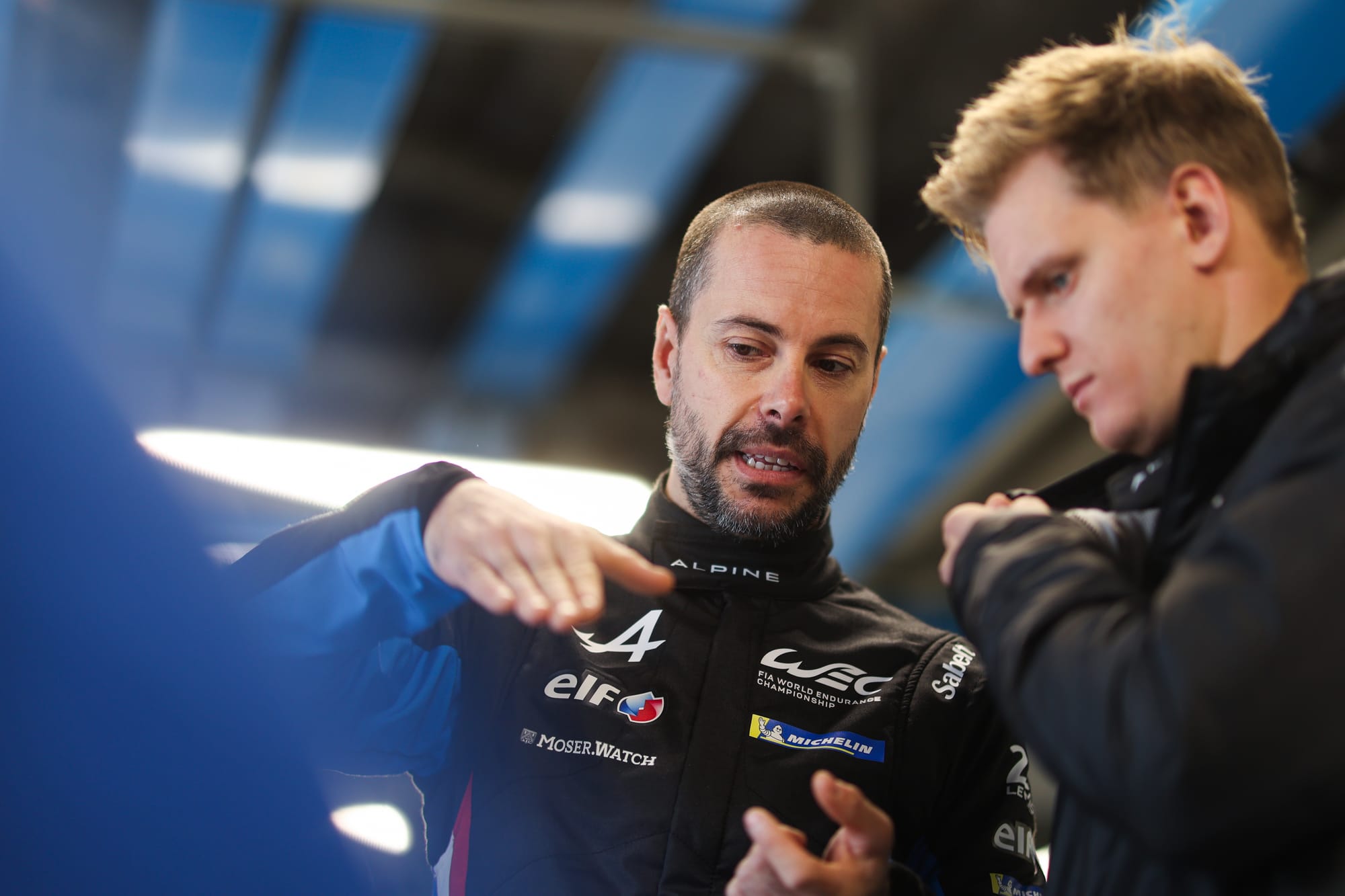
Frederic Makowiecki, who left Porsche to join Alpine, added: “There is no perfect solution, but I don’t care about my personal performance if it benefits my team."
The Race is now covering endurance racing! Check out some of our recent stories below, or click here for a full list
This champion could get Porsche Le Mans seat once linked to Vettel
Everything you need to know about Aston Martin's unique Hypercar
Ford and McLaren are heading to Hypercars - but not together
'One of the best' - Magnussen's eye-catching BMW debut in detail
And for good reason, as those sharing the wheel with lightweight team-mates will be carrying even more weight than in the past.
Some people argue that teams will continue to favour their lightweight drivers in races, as there will always be a difference in weight between drivers of the same crew.
But teams will no longer have to consider the weight of the drivers during their recruitment campaign. That is finally a very reasonable consensus.

